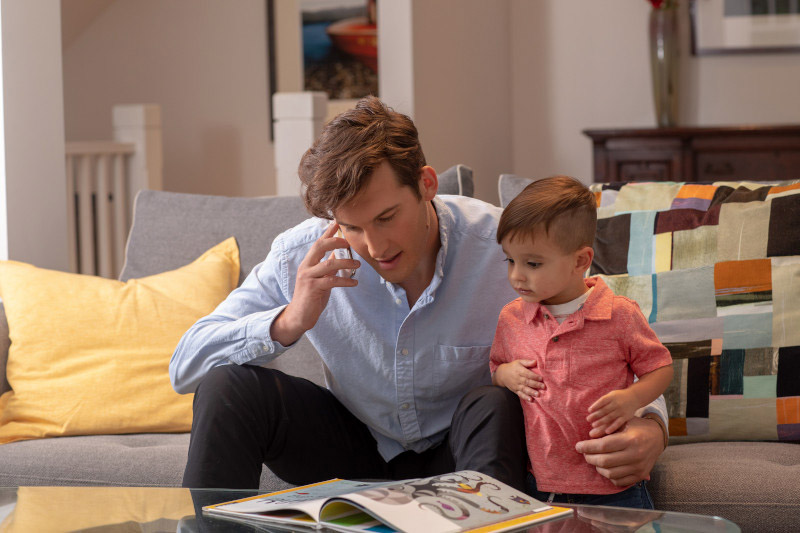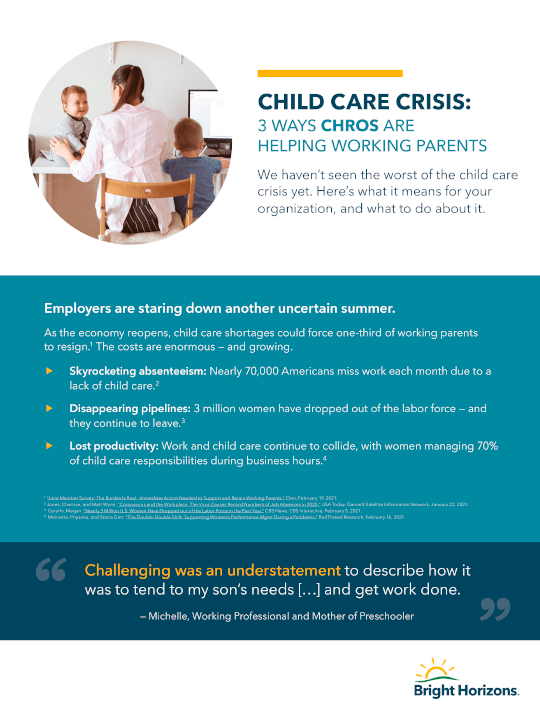Way back in June, when it became clear schools wouldn’t reopen before the end of the academic year, working parents who’d spent months in dueling roles as employees and teachers waited hopefully for the relief summer camp would bring.
It never came.
After a summer doing double duty as employees and camp counselors, the same parents held out desperate hope that school will reopen, eyeing computer screens like the night before a blizzard, trying to figure out what exactly they’ll do if their child’s school pops up on the list of those that are closed.
“Our projects and clients are very demanding,” one parent told CNBC, “and we can’t do our work while acting as teachers for our twins.”
Now, midway through fall, the questions continue as parents even in opened school districts hold their breath wondering how long the arrangement will last.
The Challenges of Back-to-School
Understandably, many view opened schools as the salve to the working-parent problem. But is it really? Just this week in Boston, public schools reverted to all online, one of the many “will they or won’t they” scenarios in which working parents currently find themselves.
Clearly a “school’s in” notice is no panacea. In the best of circumstances, school is going to be a distant cousin to the relatively predictable, five-day, six-hour schedule of yore. “Open,” for example, could mean a hybrid model, with part of the week in class, and part at home – the latter being time parents will still have to account for.
And what of all the caveats? The whole setup could shift depending on how the number of cases plays out. In fact, there’s a whole lot between categorically opened and summarily closed that could be even more disruptive than one or the other. “Districts that spent all summer planning hybrid systems,” wrote the Post, “ditched them as coronavirus cases surged.” That could well become a trend. And research shows non-traditional care gaps are often the most challenging to fill. So in the current era, even the most optimistic full-time school schedule has to be looked at with some skepticism. It will only take an uptick in cases to send everyone remote, and then you’re back to square one, with mothers and fathers back to working, parenting, and teaching without any reprieve. How do you deal with that?
Preparing for the Variables
And that’s the bigger question. Not, whether school is open or not right now…but will it open and then close again…and what do you do then? How do you deal with all the variables? How do you roll with arrangements that are unpredictable? What can you have in place to ensure parents don’t go from zero to 100 and back to zero if the circumstances change?
Those aren’t single-solution problems – they’re resources for parents to tap into; platforms that can shift as the ground does. And that requires creative thinking for all the moving parts – child care, plus learning pods for school-age students, at-home networks, virtual enrichments, and more. That ability to pivot was instrumental throughout the spring, with healthcare and other employers around the country leveraging multiple tools to keep operating.
It’s all worth thinking about, since the fallout of parents going back into homeschooling mode will ultimately land on employers.
“If parents stop working,” one economist told CNBC, “that could stall the recovery.”
School is only one part of the response.





